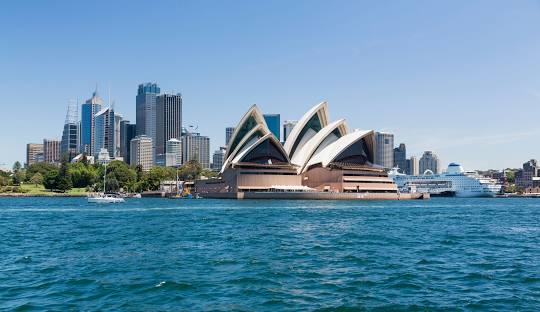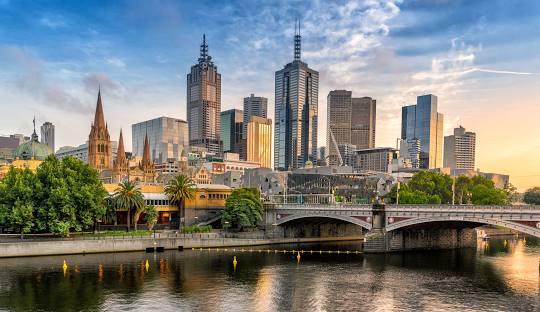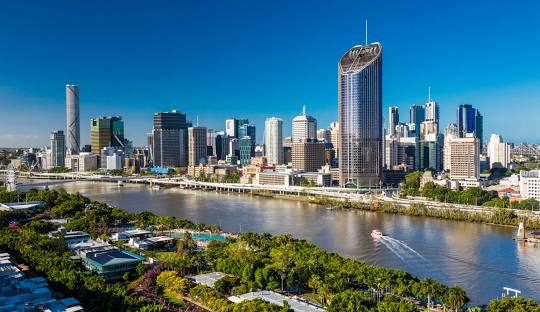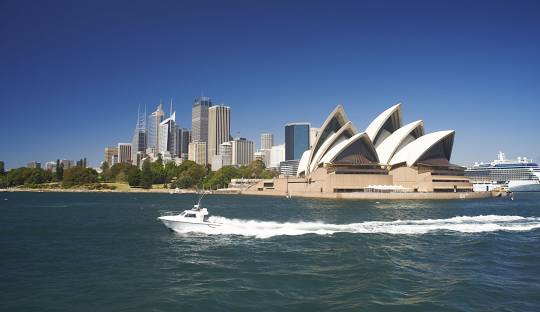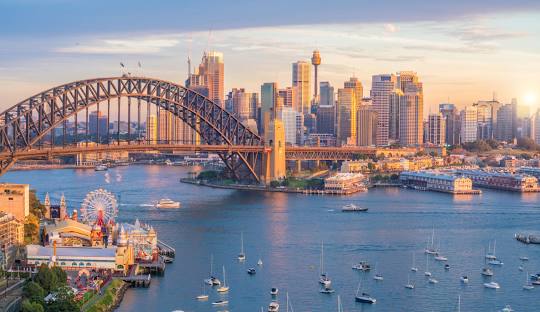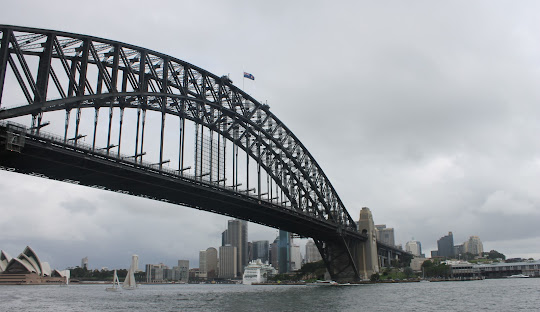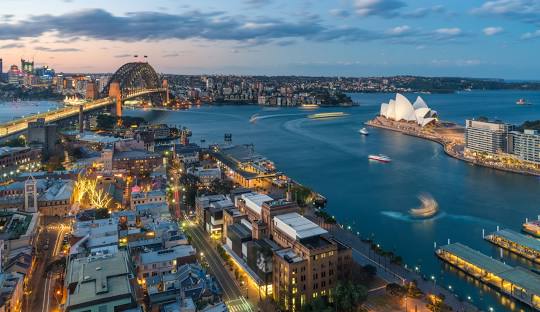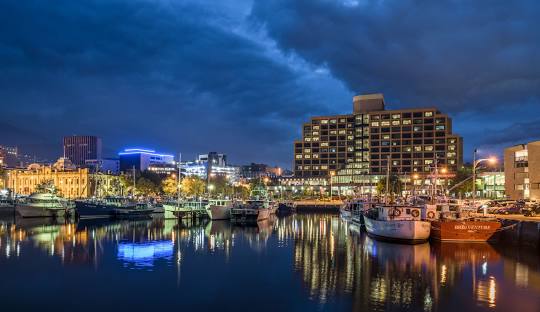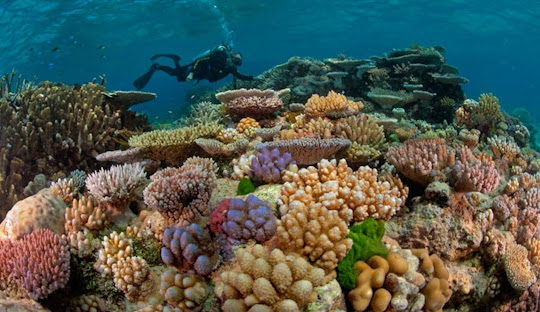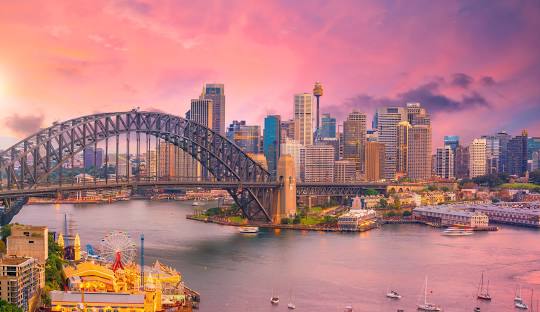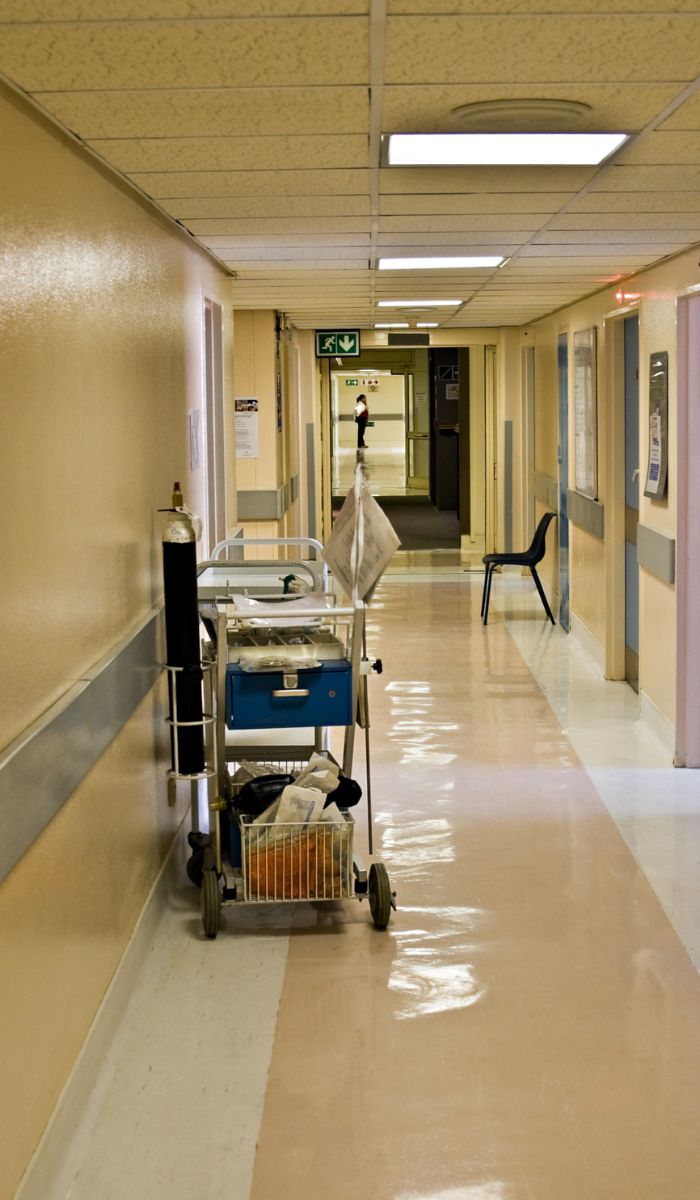
Understanding ISSA Standards
How to Evaluate a Commercial Cleaning Company
Employment in the commercial cleaning sector is often characterized by low wages, though this can vary depending on experience, job title, and union representation. At Clean Group, we offer Reliable Office Cleaners in Sydney tailored to meet the unique needs of every business. Whether you manage a small startup or a large corporate space, our Professional Office Cleaners in Sydney deliver consistent, high-quality cleaning solutions at competitive prices. With years of industry experience, our team is equipped with cutting-edge cleaning technologies and eco-friendly products to ensure your office is spotless, hygienic, and welcoming. From routine cleaning to deep disinfection and everything in between, we take pride in being one of the most trusted names in office cleaning services in Sydney. Comprehensive Office Cleaning Tailored for Your Business Clean Group provides all-inclusive office cleaning solutions, which include: Supply and replacement of bin liners and toilet rolls Thorough cleaning of office furniture, desks, and common areas Advanced carpet cleaning and floor care Deep cleaning and COVID-19 disinfection services Washroom sanitisation and office toiletries management Our services are designed to accommodate the specific needs of your workspace, with flexible scheduling options such as daily, weekly, or fortnightly cleaning routines.. In general, wages range between $31,000 to $48,000 annually, but unionized workers can earn more and may receive better benefits and job protections. Given the lack of formal tertiary education programs specifically for cleaning, most employees receive on-the-job training from their employers, learning both technical cleaning skills and workplace safety procedures.
Sustainability is also becoming a key focus in the packaging and distribution of cleaning products. Many companies are adopting refillable packaging and offering products in larger, bulk sizes to reduce the amount of plastic waste produced. This shift towards more sustainable packaging options not only helps reduce environmental impact but also offers consumers a more cost-effective solution. The move towards sustainability is helping to reshape the cleaning industry, with both companies and consumers becoming more conscious of their ecological footprint and opting for products and services that align with their environmental values.
